Not every plant can survive the chaos of unpredictable weather, but some green warriors are built for exactly that. Whether your yard gets soaked one week and sunbaked the next, there are plants that can adapt to both extremes—no drama, no wilting.
These 17 tough and versatile plants thrive in flood-prone soils and bounce back after long dry spells. From ornamentals to edible varieties, this list is full of smart choices for gardeners dealing with climate swings, poor drainage, or simply unreliable rainfall.
Cattails
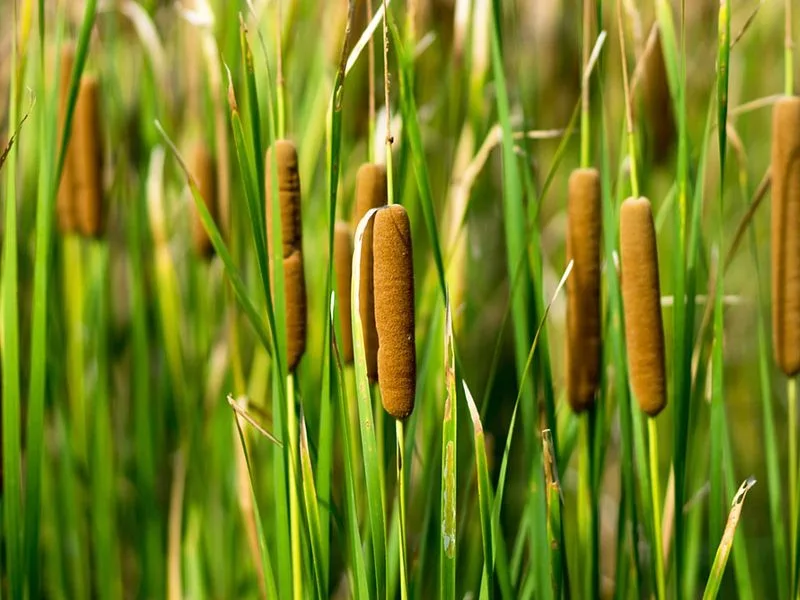
Cattails are a classic sight in wetlands, distinguished by their tall, slender stalks and distinctive brown flower spikes. These plants are not only suited for waterlogged conditions but can also withstand periods of dryness. Their roots can tap deep into the soil, accessing moisture even when the surface dries out. Cattails are also beneficial for wildlife, providing habitat and food for various species. Incorporating them into your garden can enhance both its ecological value and visual appeal.
Iris
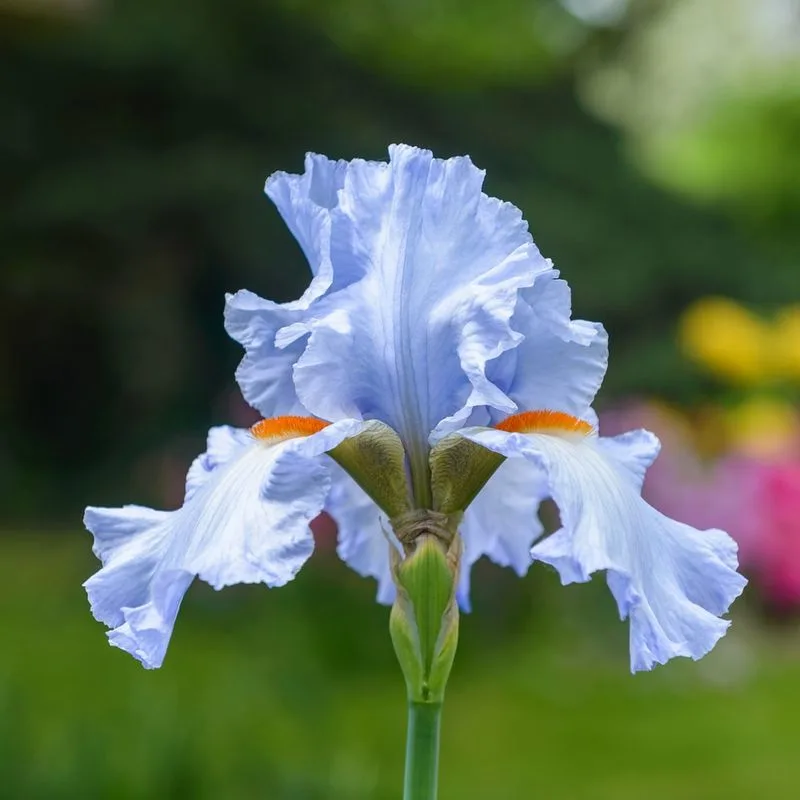
With their striking blossoms, irises add a splash of color to any garden. Known for their hardiness, they thrive in both moist and dry environments. Irises have rhizomes or bulbs that store water, aiding their survival during drought. These flowers are also incredibly diverse, available in a wide range of colors and forms. Their presence not only boosts garden aesthetics but also attracts pollinators, making them invaluable for maintaining a healthy ecosystem.
Daylilies
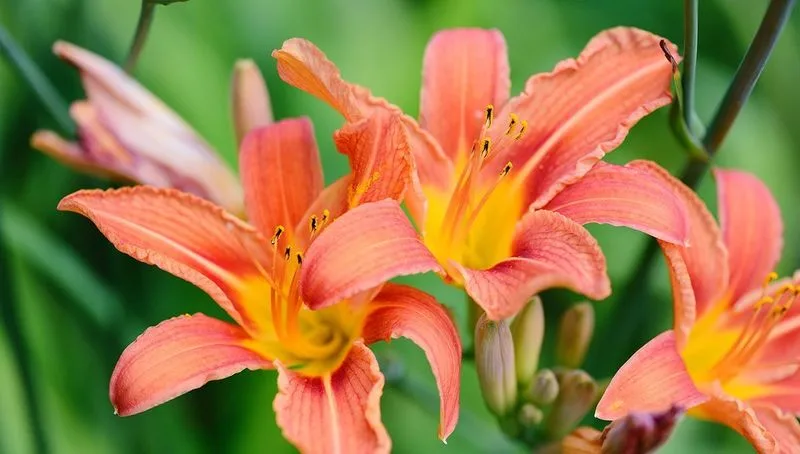
Daylilies are celebrated for their vibrant, trumpet-shaped flowers and effortless adaptability. Capable of enduring both soggy and arid conditions, these perennials are a gardener’s dream. They have fleshy roots that conserve water, allowing them to flourish despite irregular watering. The spectacle of daylilies in full bloom is a sight to behold, providing bursts of color and cheer. They’re perfect for borders, mass plantings, or as standalone specimens, transforming any garden into a lively retreat.
Swamp Milkweed
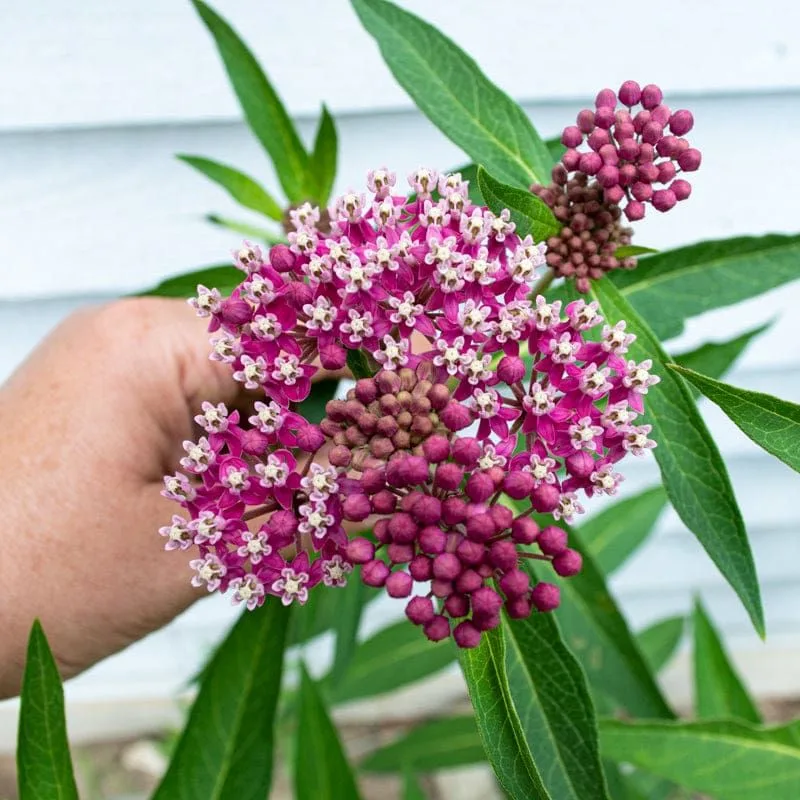
Swamp milkweed, with its fragrant pink blooms, is a magnet for butterflies, especially monarchs. This plant thrives in wet conditions but can tolerate occasional dryness. Its deep root system helps it access water deep in the soil, ensuring its survival in less-than-ideal conditions. Beyond its beauty, swamp milkweed plays a crucial role in supporting wildlife, offering nectar to pollinators and serving as a host plant for caterpillars. It’s a vital addition for any eco-friendly gardener.
Switchgrass
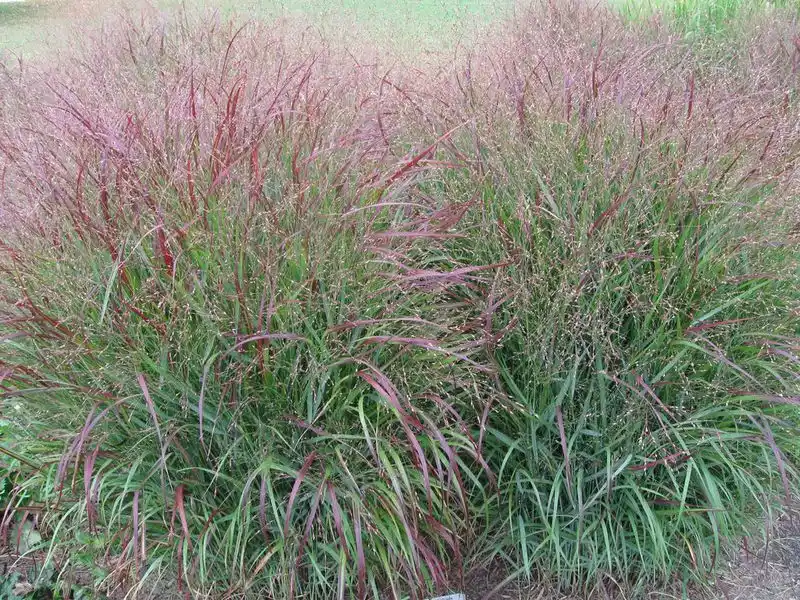
Switchgrass is a resilient native grass known for its ability to withstand both flooding and drought. Its deep roots help stabilize soil and prevent erosion, making it an excellent choice for areas prone to water level fluctuations. This grass provides a natural habitat for wildlife and adds movement and texture to gardens with its airy seed heads. Additionally, switchgrass is a low-maintenance plant, requiring minimal care once established, making it a favorite among sustainable landscapers.
Japanese Iris
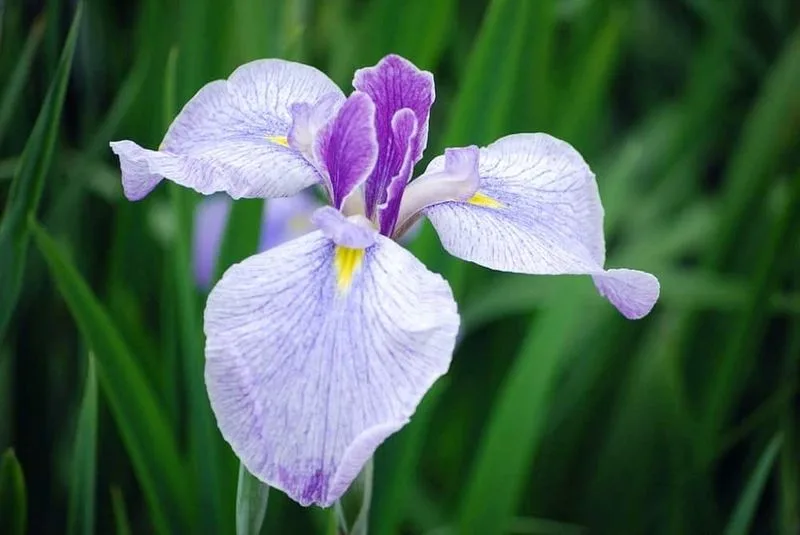
Japanese irises are admired for their large, intricate blooms and ability to thrive in waterlogged and dry areas alike. These irises prefer sunny locations and can grow in shallow water or well-drained soil. Their bold colors and unique form make them a popular choice for adding drama and elegance to gardens. Japanese irises are not only visually stunning but also attract a variety of pollinators, enhancing the biodiversity of your garden environment.
Cardinal Flower
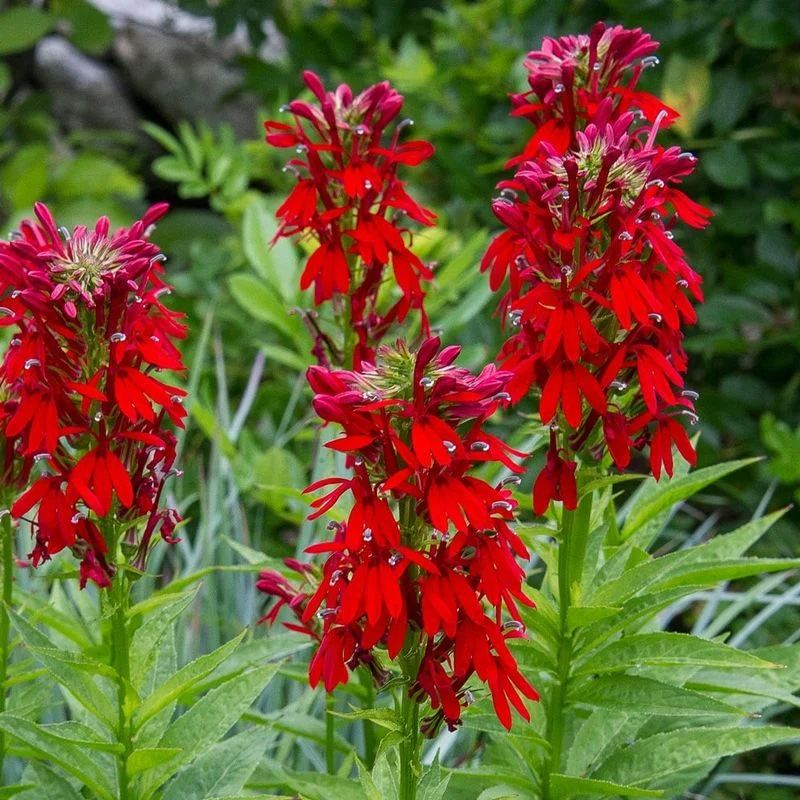
The cardinal flower stands out with its brilliant red flowers and tall spikes, attracting hummingbirds and other pollinators. It thrives in moist soils but can adapt to drier conditions with some care. This plant prefers partially shaded areas and benefits from mulching to retain soil moisture. With its eye-catching color and ecological benefits, the cardinal flower is an excellent choice for adding vertical interest and wildlife value to any garden landscape.
Blue Flag Iris
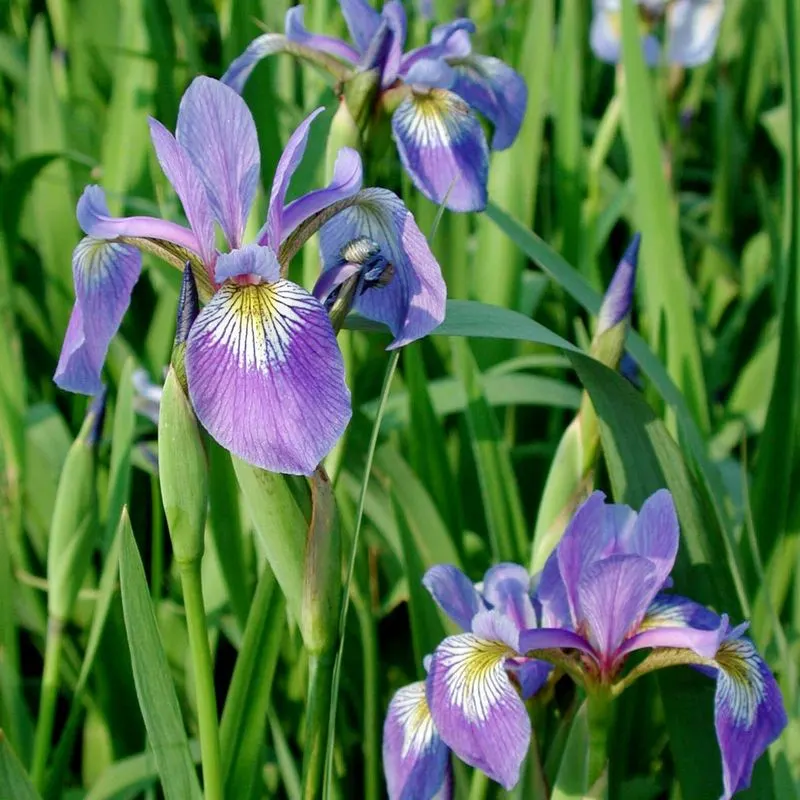
Blue flag irises are native wetland plants with stunning blue-violet flowers. These irises are well-suited for both wet and moderately dry environments. Their rhizomes allow them to store water, making them resilient during drought conditions. Blue flag irises are often used in naturalized gardens and water features, providing a burst of color and attracting various pollinators. Their adaptability and striking appearance make them a prized addition to any garden.
Joe-Pye Weed
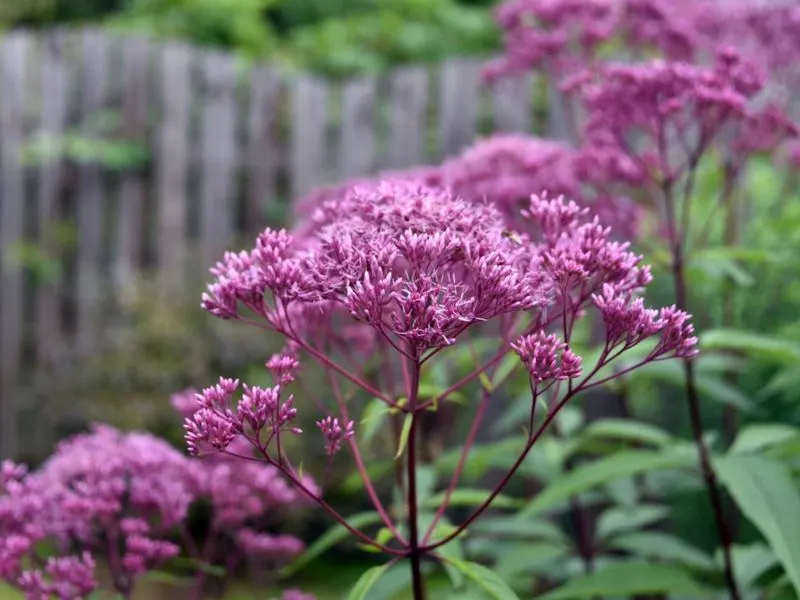
Joe-Pye weed is a tall, herbaceous perennial known for its clusters of mauve-pink flowers. It thrives in damp conditions but tolerates dryness once established. This plant is a favorite among pollinators, drawing in butterflies and bees with its sweet nectar. Joe-Pye weed’s height and lush foliage make it an ideal backdrop in borders or naturalized areas. Incorporating this plant into your garden can create a vibrant, wildlife-friendly space.
Sedges

Sedges are versatile plants with grass-like leaves that can grow in wet or dry conditions. They are vital in natural water filtration and erosion control. Sedges are available in many varieties, each offering unique textures and colors, making them a dynamic addition to any landscape. Their ability to thrive in varied environments makes them a reliable choice for gardeners seeking both functionality and aesthetic appeal. Sedges also provide habitat for wildlife, enhancing garden biodiversity.
Pickerelweed
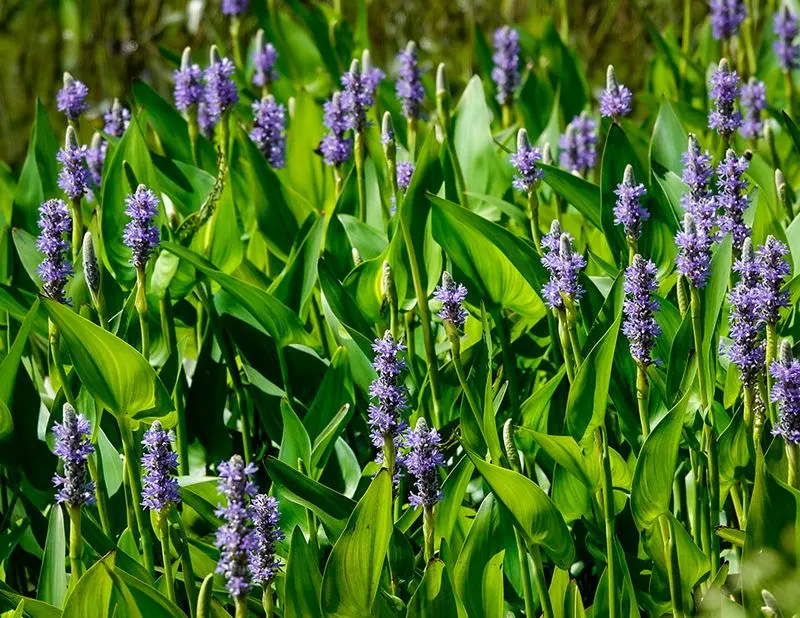
Pickerelweed is a hardy aquatic plant with beautiful spikes of blue flowers. It thrives in ponds and wet areas but can handle dry spells due to its robust root system. The plant’s heart-shaped leaves add visual interest and create shelter for aquatic creatures. Pickerelweed is not just ornamental; it also plays a role in water purification, making it a smart choice for eco-conscious gardeners aiming to enhance water features.
Marsh Marigold
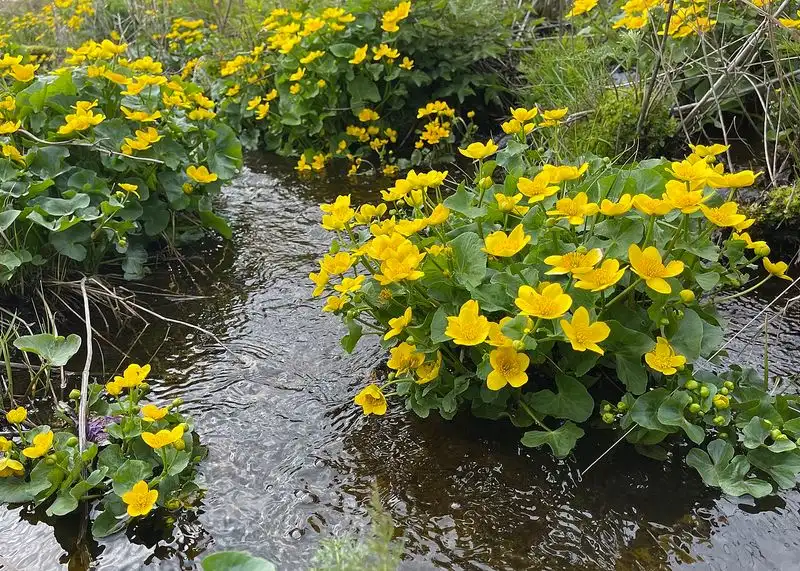
Marsh marigolds are cheery, bright yellow flowers that flourish in wet areas but can tolerate occasional dryness. Their glossy petals shine like tiny suns, brightening up any garden space. These plants are early bloomers, often signaling the arrival of spring. Marsh marigolds are an excellent choice for naturalizing in wet meadows or rain gardens, providing a splash of color and supporting pollinators. Their adaptability makes them a versatile addition to any landscape design.
Sweet Flag
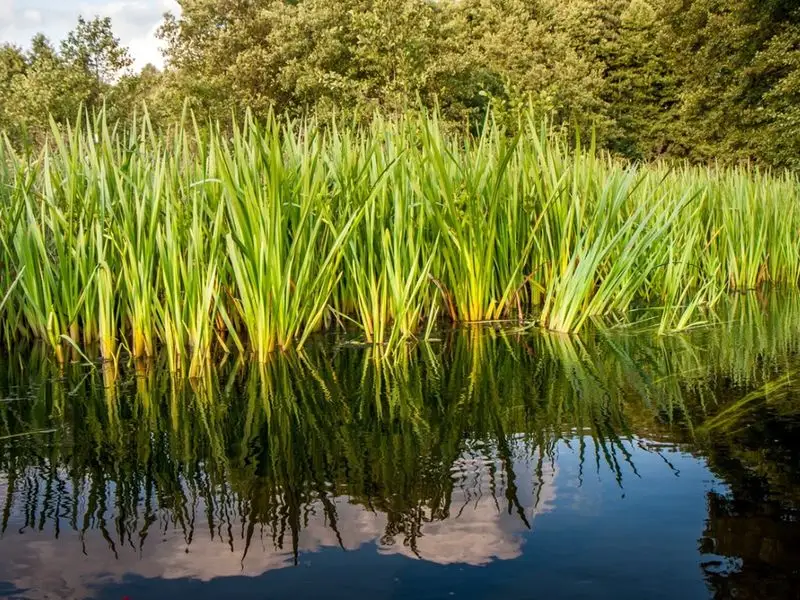
Sweet flag is known for its aromatic foliage and resilience in both flooded and dry areas. Its long, sword-like leaves add a vertical element to gardens, while its subtle flowers provide understated beauty. This plant is ideal for edging ponds or water features, and it can also thrive in regular garden soil. Sweet flag is valued not only for its ornamental appeal but also for its ability to filter water and improve garden ecosystems.
Liatris
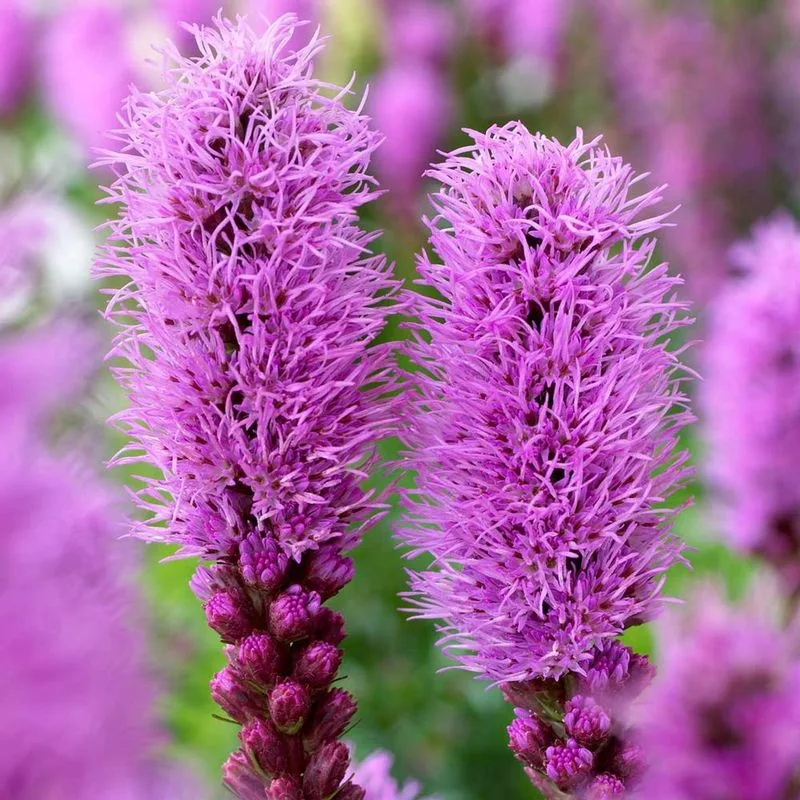
Liatris, also known as blazing star, is celebrated for its tall, spiky flowers that add drama to any garden. This plant is drought-tolerant yet thrives in moist conditions, making it incredibly versatile. Liatris blooms from top to bottom, offering a long-lasting display of vibrant purple flowers. It’s a magnet for butterflies and bees, enhancing the ecological value of your garden. Whether planted in borders or as an accent, liatris provides a striking visual impact.
Buttonbush
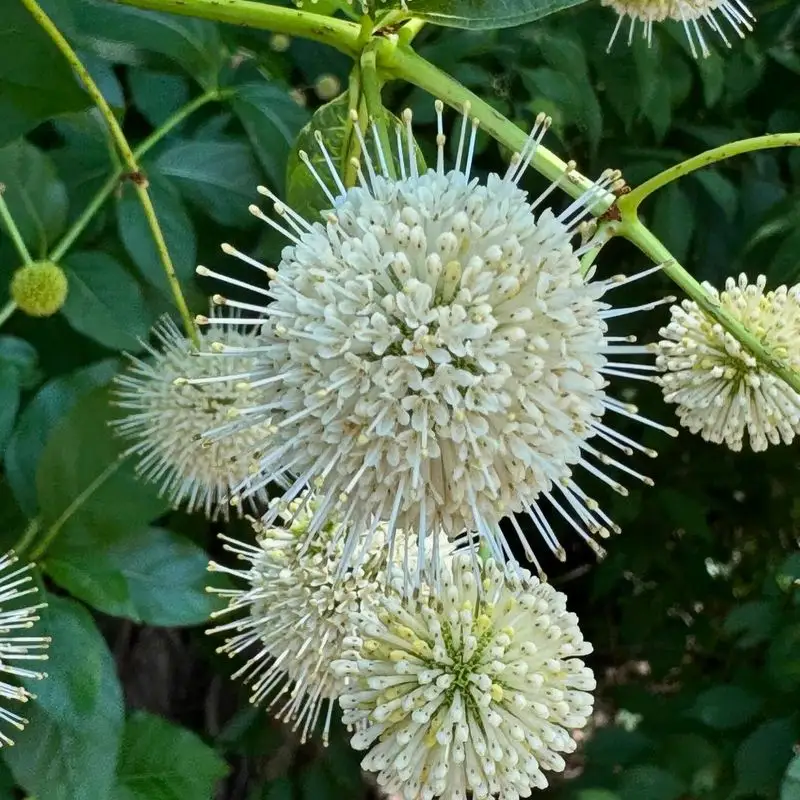
Buttonbush is a unique shrub known for its spherical, spiky flower clusters. It thrives in wet areas and tolerates dry spells once established. This plant attracts a variety of pollinators, including bees and butterflies, with its sweet nectar. Buttonbush is perfect for naturalizing around ponds or along riverbanks. Its glossy leaves and distinctive flowers add texture and interest to landscapes, making it a favorite among gardeners seeking to enhance biodiversity.
Lobelia

Lobelia is cherished for its vibrant blue flowers that bring a cool elegance to gardens. It grows well in moist conditions and can adjust to drier environments with some care. Lobelia prefers shaded areas and benefits from consistent watering to maintain its lush appearance. This plant is excellent for containers, hanging baskets, or as a ground cover, providing continuous color throughout the growing season. Its delicate blooms are a favorite among pollinators, adding life and movement to your garden.

